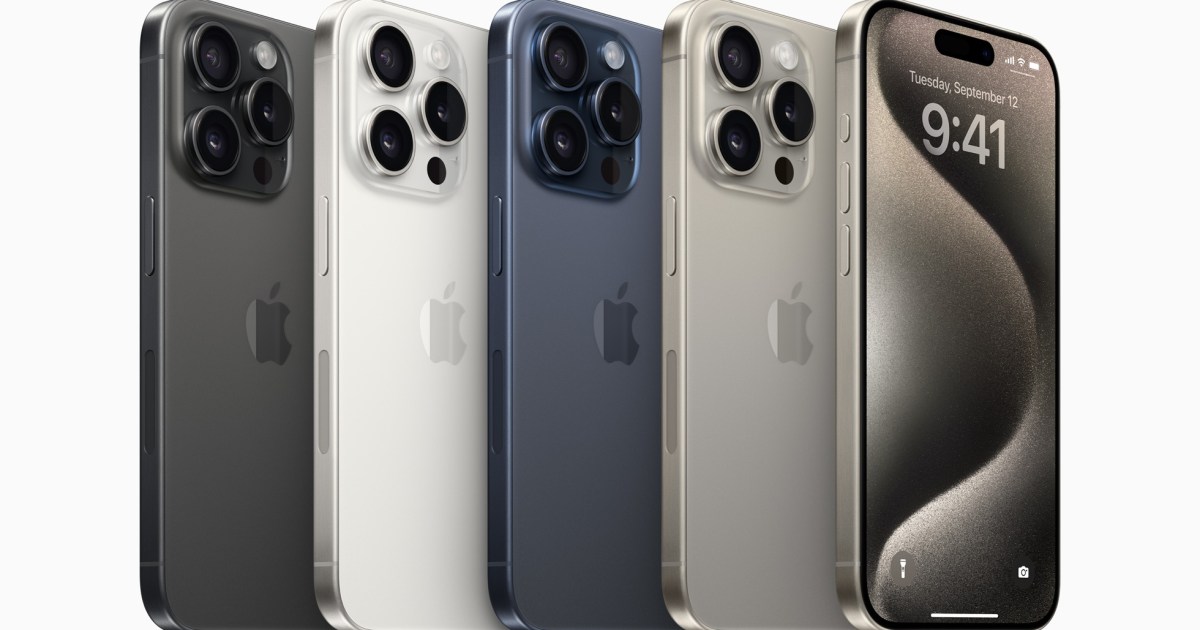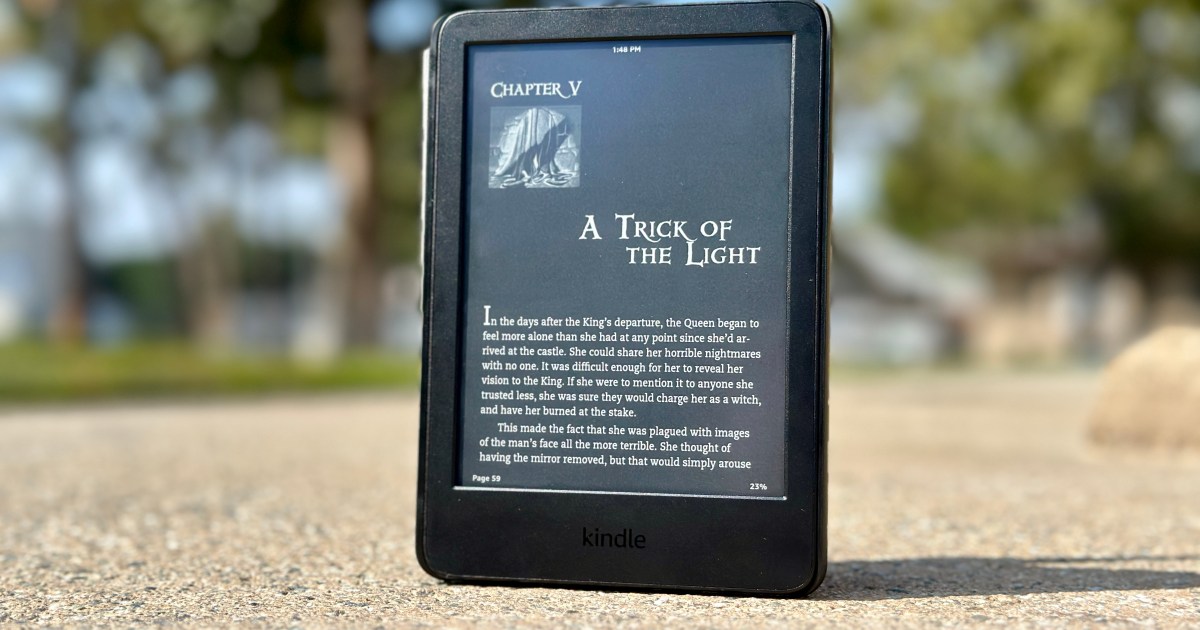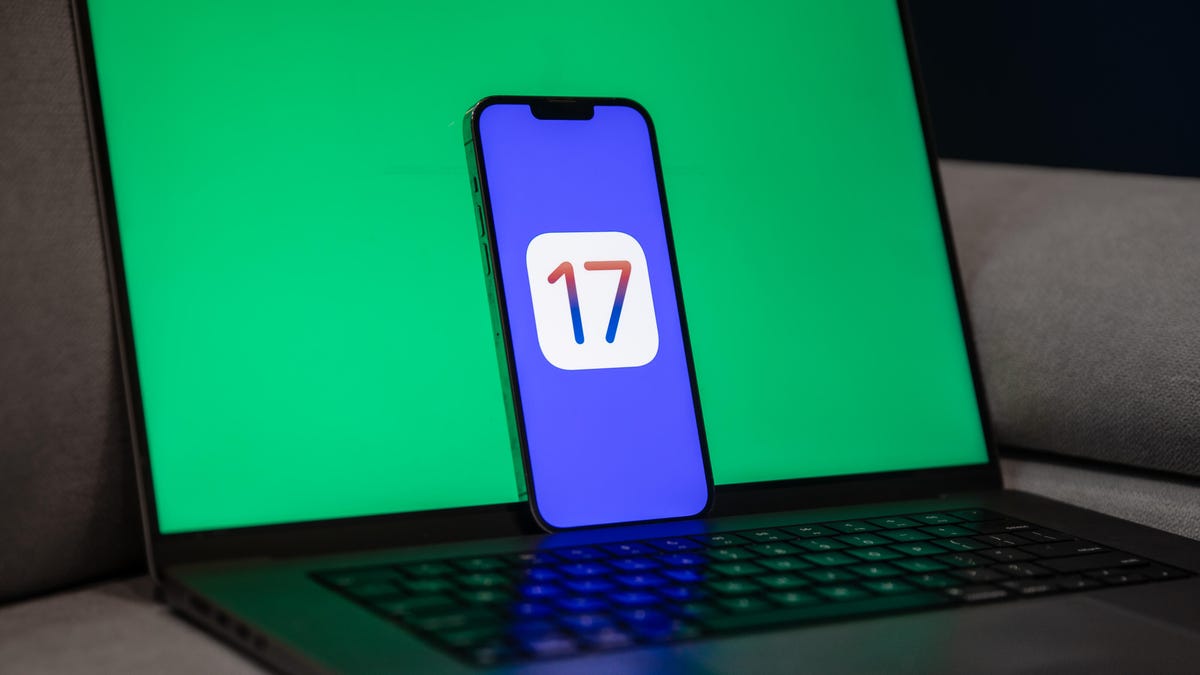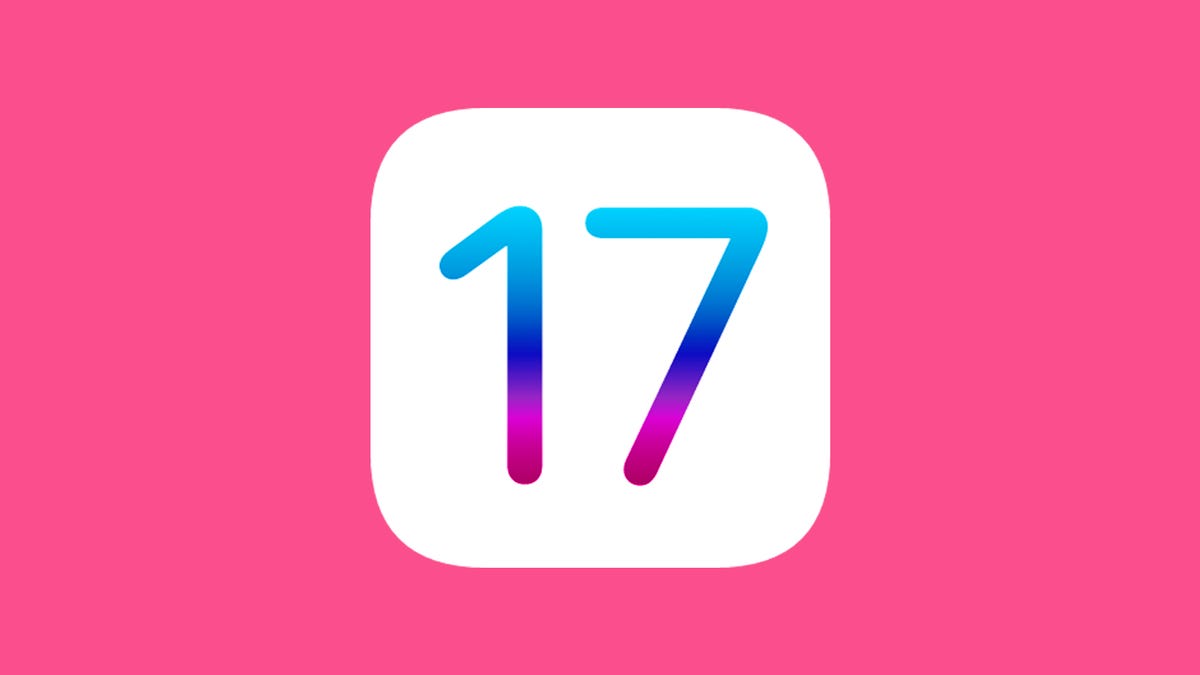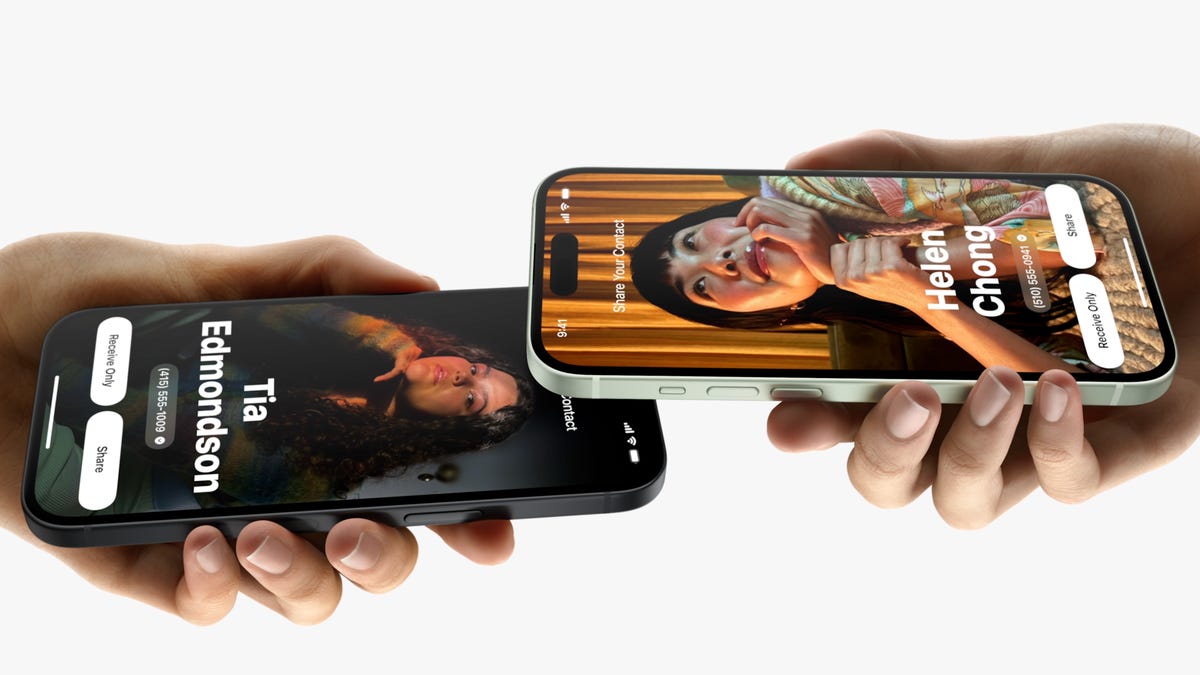iFixit criticizes Apple’s repair commitment and lowers iPhone 14’s repairability score.
iFixit criticizes Apple's repair commitment and lowers iPhone 14's repairability score.
Apple’s Commitment to Right-to-Repair Questioned: iFixit Lowers iPhone 14 Repairability Score

Tech enthusiasts and repair gurus, iFixit, have recently criticized Apple’s self-proclaimed commitment to the right-to-repair movement. In addition, they have retroactively lowered the repairability score for the iPhone 14, citing limitations imposed by Apple’s software.
The iPhone 14 initially received a respectable repairability score of 7 out of 10, thanks to its easily-accessible hardware components. However, iFixit has now downgraded the score to a disappointing 4 out of 10. This means that the iPhone 14 is no longer a viable option for DIY repairs, despite Apple’s effort to sell replacement parts through their Self Service Repair program.
According to iFixit, self-repair goes beyond just having access to the necessary parts. Apple’s software intentionally restricts repair options through code that checks for parts purchased directly from Apple. Attempting to pair aftermarket parts with the system will result in loss of functionality and constant warnings during use. This software limitation creates what iFixit calls a “labyrinthine maze of obstacles,” making it difficult for both consumers and third-party repair technicians to successfully repair the iPhone 14.
The repair itself also requires validation through a proprietary chat system that collects personal information from the customer. This poses privacy concerns for third-party technicians who are reluctant to share their customers’ private information when replacing a battery, for example. Furthermore, Apple’s system discourages the use of used or third-party parts in favor of expensive branded components.
iFixit’s blog post on the matter reveals that some repair professionals have even chosen to leave the repair business entirely rather than deal with Apple’s constant hurdles. The pushback from the community was almost immediate after the iPhone 14 received its original repairability score, highlighting the frustration and dissatisfaction among DIY enthusiasts and repair experts.
While iFixit still commends Apple for taking a step towards improvement by selling replacement parts, they argue that the extensive hoops consumers and technicians must jump through to replace a part make the iPhone 14 “literally not repairable.” It remains to be seen how the newly announced iPhone 15 models will fare in terms of repairability, as iFixit’s repairability scores for these devices are expected to be released in the coming weeks.
In conclusion, iFixit’s criticism of Apple’s commitment to the right-to-repair movement raises important questions about the company’s approach to repairability. While Apple has made progress by offering replacement parts, their software limitations and requirement for proprietary validation hinder DIY repairs and inconvenience third-party repair technicians. The evolving landscape of repairability in Apple’s devices will undoubtedly continue to spark discussions and debates within the tech community.
